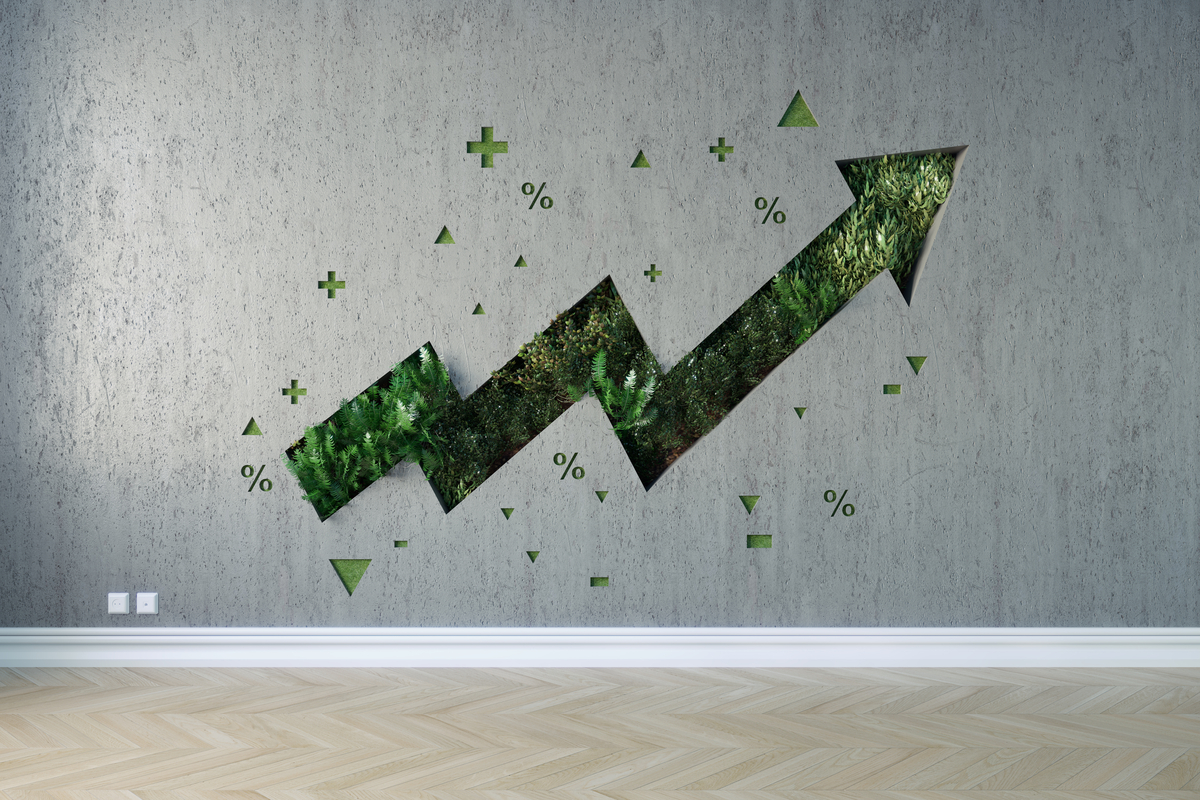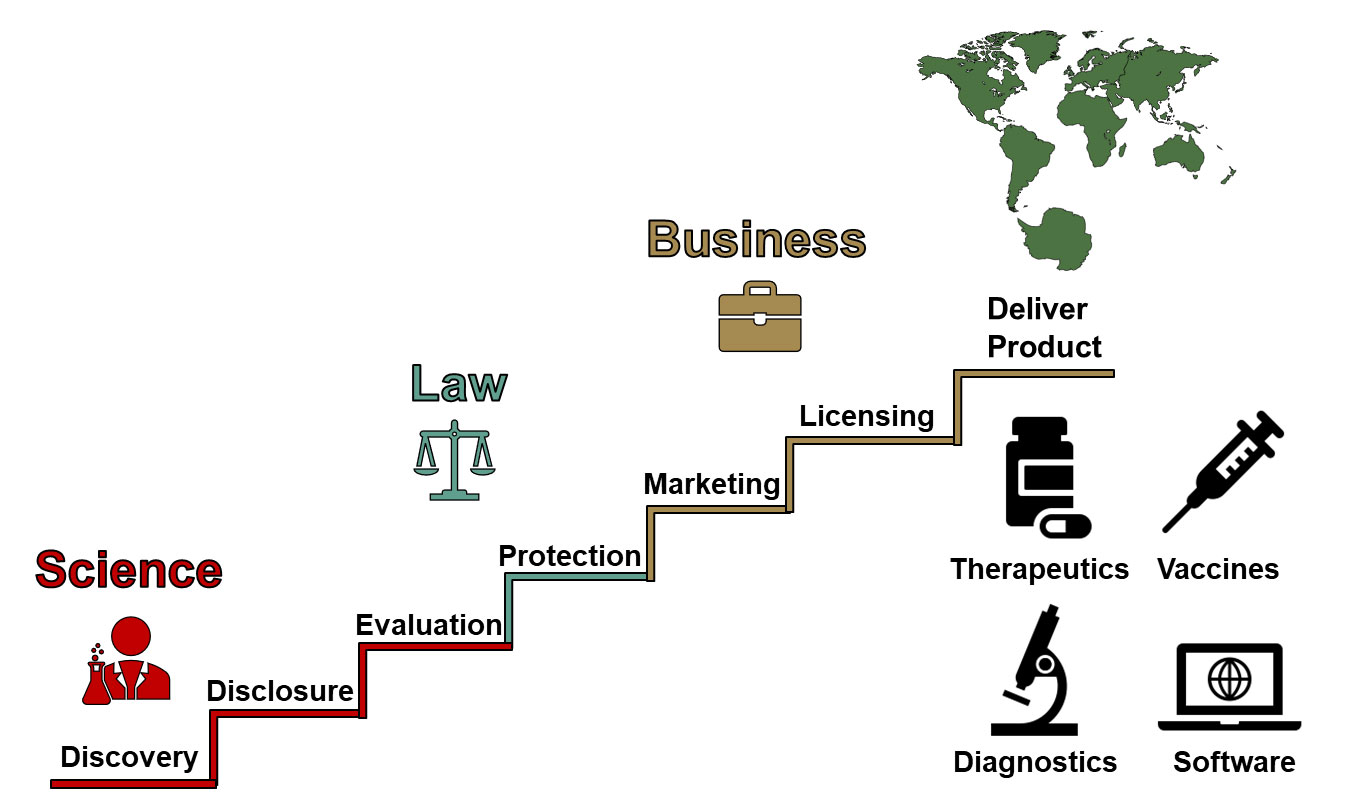
The Goal of Sustainable Technology

The goal of sustainable technology is twofold: to produce new technologies using sustainable processes and materials, and to use technologies to address environmental, social, and governance (ESG) issues. Sustainable technologies may range from physical technologies like solar panels, to ESG reporting and ESG performance management software.
Factors to Consider in Sustainable Technology Development
When developing technology sustainably, organizations may consider factors such as:
- Resources used to develop the technology
- The provider of those materials
- Potential negative output throughout the technology’s life cycle, such as emissions or e-waste
In this sense, sustainable technology describes a mindset or philosophy when it comes to creating and implementing technologies.
Progress Towards ESG-Related Objectives
When deploying a sustainable product or technology, companies often set out to make progress toward ESG-related objectives. For example, organizations may create technologies that:
- Reduce fossil-fuel consumption like electric vehicles
- Remove waste through decarbonization initiatives
Companies can also use sustainable technologies to reduce their carbon footprint. For instance, they can leverage artificial intelligence (AI) to run diagnostics and determine what areas of their business produce the most waste. With those insights, they can then use carbon accounting to identify opportunities to reduce their greenhouse gas emissions or advocate for adopting renewable energy sources.
SDGs, Targets, and Indicators
| SDGs | Targets | Indicators |
|---|---|---|
| SDG 7: Affordable and Clean Energy | 7.2: Increase the share of renewable energy in the global energy mix | – Percentage of renewable energy sources used by organizations – Adoption rate of renewable energy technologies |
| SDG 9: Industry, Innovation, and Infrastructure | 9.4: Upgrade infrastructure and retrofit industries to make them sustainable | – Number of sustainable technologies implemented by organizations – Reduction in negative outputs throughout the technology’s life cycle |
| SDG 11: Sustainable Cities and Communities | 11.6: Reduce the adverse per capita environmental impact of cities | – Reduction in fossil-fuel consumption through the use of sustainable technologies like electric vehicles – Reduction in waste through decarbonization initiatives |
| SDG 12: Responsible Consumption and Production | 12.2: Achieve sustainable management and efficient use of natural resources | – Resources used to develop sustainable technologies – Provider of sustainable materials – Reduction in emissions and e-waste throughout the technology’s life cycle |
| SDG 13: Climate Action | 13.2: Integrate climate change measures into national policies, strategies, and planning | – Use of artificial intelligence (AI) to identify areas of business that produce the most waste – Adoption of carbon accounting to reduce greenhouse gas emissions – Advocacy for renewable energy sources |
1. Which SDGs are addressed or connected to the issues highlighted in the article?
SDG 7: Affordable and Clean Energy
The article discusses the use of sustainable technologies like solar panels and electric vehicles to address environmental issues and reduce fossil-fuel consumption.
SDG 9: Industry, Innovation, and Infrastructure
The article highlights the importance of sustainable technology development and implementation, considering factors such as resources used, materials provider, and negative outputs throughout the technology’s life cycle.
SDG 11: Sustainable Cities and Communities
The article mentions the use of sustainable technologies to reduce adverse environmental impacts in cities, such as through the reduction of fossil-fuel consumption and waste.
SDG 12: Responsible Consumption and Production
The article emphasizes the need for sustainable management and efficient use of resources when developing and implementing technologies.
SDG 13: Climate Action
The article discusses the use of sustainable technologies, such as artificial intelligence and carbon accounting, to measure and reduce greenhouse gas emissions and advocate for renewable energy sources.
2. What specific targets under those SDGs can be identified based on the article’s content?
SDG 7: Affordable and Clean Energy – Target 7.2
The target identified is to increase the share of renewable energy in the global energy mix.
SDG 9: Industry, Innovation, and Infrastructure – Target 9.4
The target identified is to upgrade infrastructure and retrofit industries to make them sustainable.
SDG 11: Sustainable Cities and Communities – Target 11.6
The target identified is to reduce the adverse per capita environmental impact of cities.
SDG 12: Responsible Consumption and Production – Target 12.2
The target identified is to achieve sustainable management and efficient use of natural resources.
SDG 13: Climate Action – Target 13.2
The target identified is to integrate climate change measures into national policies, strategies, and planning.
3. Are there any indicators mentioned or implied in the article that can be used to measure progress towards the identified targets?
Yes, the article mentions or implies several indicators that can be used to measure progress towards the identified targets:
- Percentage of renewable energy sources used by organizations
- Adoption rate of renewable energy technologies
- Number of sustainable technologies implemented by organizations
- Reduction in negative outputs throughout the technology’s life cycle
- Reduction in fossil-fuel consumption through the use of sustainable technologies like electric vehicles
- Reduction in waste through decarbonization initiatives
- Resources used to develop sustainable technologies
- Provider of sustainable materials
- Reduction in emissions and e-waste throughout the technology’s life cycle
- Use of artificial intelligence (AI) to identify areas of business that produce the most waste
- Adoption of carbon accounting to reduce greenhouse gas emissions
- Advocacy for renewable energy sources
These indicators can be used to measure the progress made by organizations in achieving the targets under the respective SDGs.
4. SDGs, Targets, and Indicators
| SDGs | Targets | Indicators |
|---|---|---|
| SDG 7: Affordable and Clean Energy | 7.2: Increase the share of renewable energy in the global energy mix | – Percentage of renewable energy sources used by organizations – Adoption rate of renewable energy technologies |
| SDG 9: Industry, Innovation, and Infrastructure | 9.4: Upgrade infrastructure and retrofit industries to make them sustainable | – Number of sustainable technologies implemented by organizations – Reduction in negative outputs throughout the technology’s life cycle |
| SDG 11: Sustainable Cities and Communities | 11.6: Reduce the adverse per capita environmental impact of cities | – Reduction in fossil-fuel consumption through the use of sustainable technologies like electric vehicles – Reduction in waste through decarbonization initiatives |
| SDG 12: Responsible Consumption and Production |







